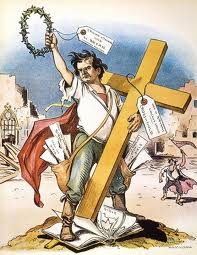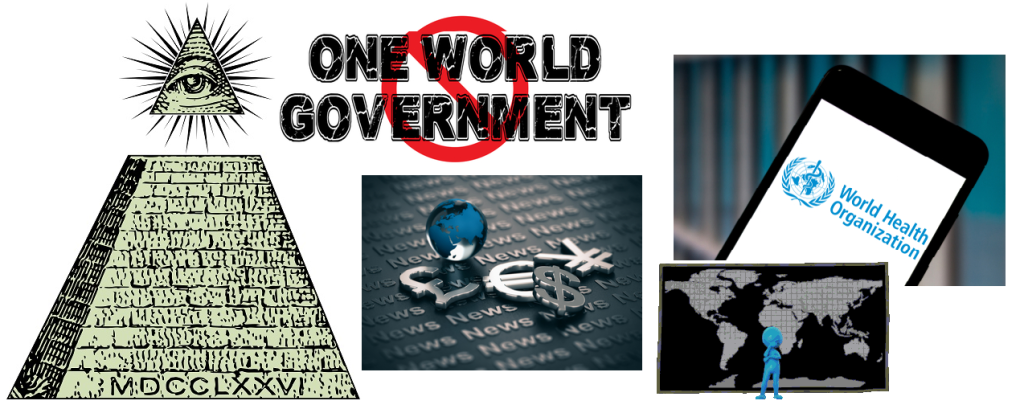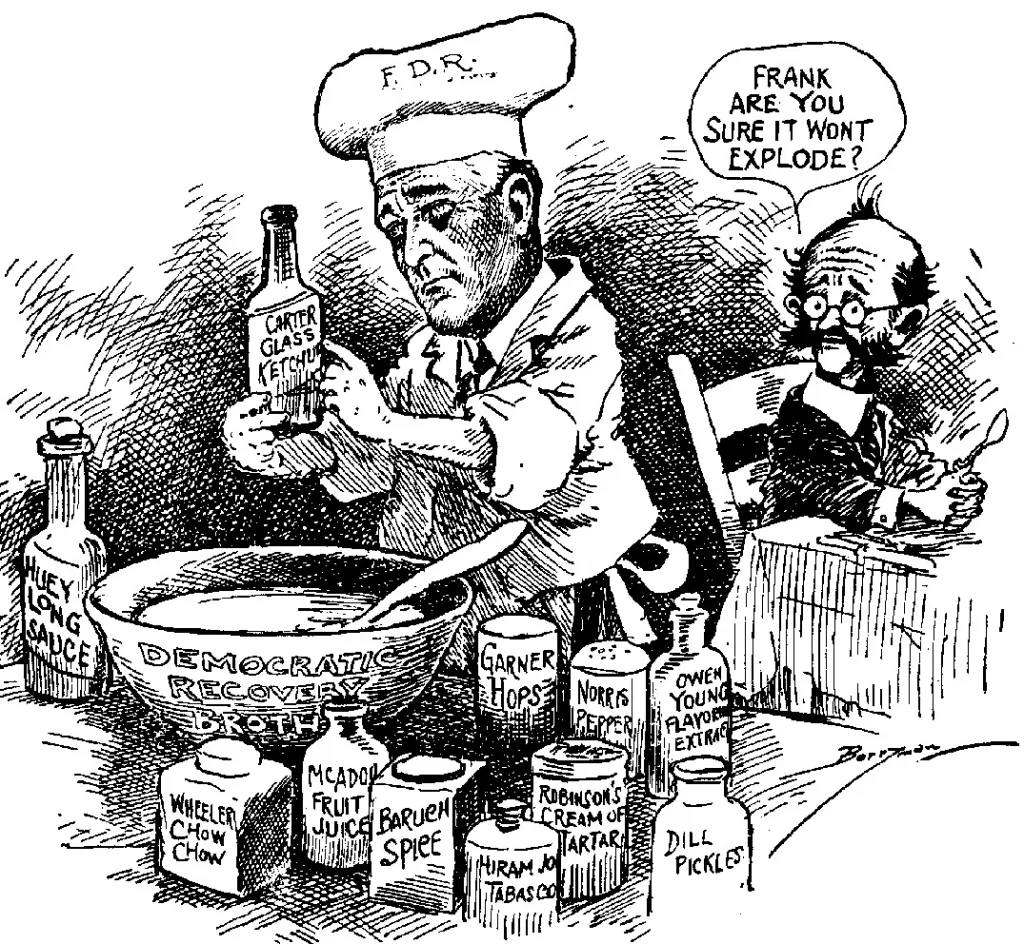FDR’ Speech on the Banking Crisis March 12, 1933
Roosevelt established the Federal Deposit Insurance Corporation (FDIC) in 1933, assuring people it was safer to keep their money in a reopened bank than under the mattress. Then on August 23, 1935, Congress approved legislation that had a major impact on the Federal Reserve Banks, the Banking Act of 1935. This Act structurally altered forever the entire concept behind the Federal Reserve, whereas its purpose originally was to provide stability with respect to internal capital flows in addition to a regulatory clearing house for the banks. Each branch maintained its separate interest rate to attract capital to a region or to deflect it to prevent another Panic of 1907 when cash flowed from the east to the west because of the San Francisco Earthquake of 1906.
This is where the Open Market Committee was established and national monetary and credit policies were determined in Washington which would gradually become the new political economy and Laissez–faire was now officially dead.
As World War II approached, politics took control of the Fed. Once again the Fed was ordered to support US government bonds at par. This decree was not lifted until 1951. The Fed remained fairly independent thereafter until the Vietnam War. Politicians viewed its authority to increase the money supply on an elastic basis meant that inflation was their problem, not Congress’. Politicians began to spend whatever they wanted to win election and criticized the Fed if inflation appeared when they had no control over the fiscal spending of Congress.
The entire Bretton Woods system of fixed exchange rates backed by gold pegged permanently to $35 was stupid and became a nightmare. The military establishment that Eisenhower warned about upon leaving office wanted to rule the world. The Presidential Debate of 1960 between Kennedy and Nixon set off the first Gold Panic. Kennedy correctly addressed the decline in the value of the dollar. He stated that the US could stop the decline anytime it desired. All they had to do was stop expanding the military around the world.
The fiscal mismanagement of Congress continued until finally on June 4th, 1963, Kennedy signed Executive Order 11110 which dealt with the problem that silver was rising in price and therefore it could no longer be used for a monetary instrument given the Bretton Woods fixed rate ideas. This is why there can be no standard because everything with time fluctuates. The Treasury was under order to maintain the fixed rate of silver and there was a tax placed on trading in silver back in the Great Depression in 1937. Kennedy was authorizing the Treasury to issue notes ONLY if needed for the transition in the elimination of silver from the monetary system. It has nothing to do with stripping the authority of the Federal Reserve to issue notes.
The collapse of Bretton Woods was underway. It became self-evident with the Crash of 1966. The stock market fell 26.5% in about 8.6 months, but so did collectibles and other investments for the bearishness on the dollar reached excessive levels. Then the market recovered reaching back to the former highs in 1968. The decline resumed and the market fell for about 17.2 months into May of 1970.
Bretton Woods was collapsing in slow motion. From the first gold panic in 1960, 11 years later the world financial system collapsed. It was 8.6 years from the Kennedy decision to abandon silver. Richard Nixon who had debated Kennedy in 1960, was forced to close the Gold Window on August 15th, 1971. It was Nixon who set in motion the withdrawal from Vietnam. He opened China in hopes of putting pressure on Vietnam to reach a settlement, but that failed. Nixon knew that the military establishment undermined the economy.
Of course, European politics was the polar opposite of the USA. There, a stronger currency proved they were doing a good job of rebuilding the economy post-war. The French and the Swiss were leading the charge to demand gold for dollars. The French had visions of conquering the financial world and dethroning the dollar to grasp that golden wreath of victory snatched from the hands of Napoleon.
The 1970s were all about trying to fight inflation caused by the decline in the purchasing power of the dollar. German cars had more than doubled in value through the 1970s. Gold had risen to $875 on January 21st, 1980. Volcker took charge of the Fed and used gold as his sign of success at first, but then abandoned that as any guidance. He raised rates into March of 1981 taking the discount rate to 14%. When the inflation broke and the dollar then soared to record highs going into 1985, rates had declined back to 8%. This would set that stage to the dramatic escalation in the national debt, for it stood at almost $1 trillion in 1982, and reached almost $6 trillion by 1999.
Voclker’s battle with inflation set in motion the major factor of inflation – government spending. The Federal Reserve was stripped of any real power to manipulate the economy for they lacked any control over the fiscal spending of Congress The attempt to raise interest rates to fight inflation, send the national debt soaring and the proportion of interest costs sky-rocketed and eventually reached about 70%. The whole idea of socialism to benefit the people was inverted to benefit the bond holders. Then the movement to return to a gold standard was unleashed, which would have been a huge benefit to bondholders and strip-mining the people of whatever liberty and assets they managed to earn. The bond holders would have profited tremendously.
Part IV
As we look at the Post 1981 Era, what becomes strikingly obvious is that the bankers then do a reverse takeover of government aiming not just at the Federal Reserve, but at the whole enchilada. This is the introduction of Transactional Banking and the derivative markets they have created all post-1981.




















